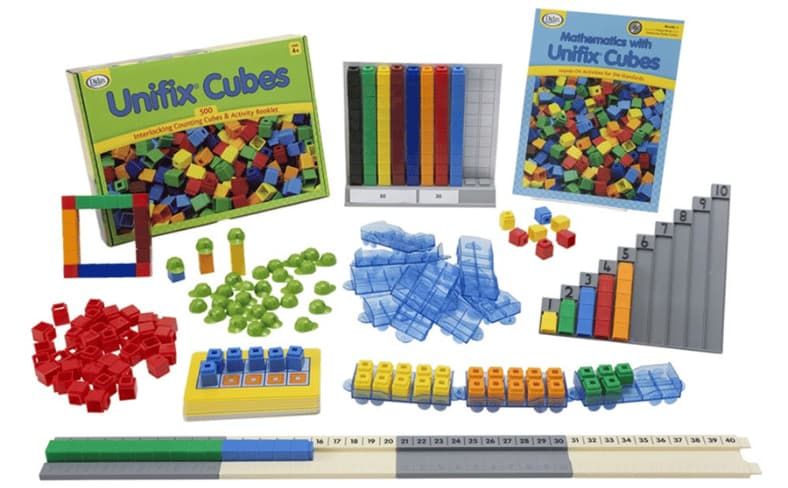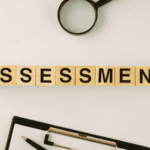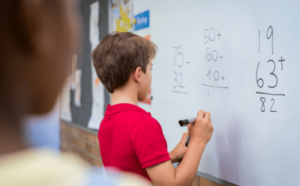No products in the cart.

In today’s digital world, virtual instruction is the norm, offering flexibility and access to quality education from anywhere. However, teaching math virtually poses unique challenges, especially for students who struggle with math. Multisensory tools can help bridge this gap, making math concepts more tangible and understandable. Here are the top five multisensory tools that can be easily integrated into any at-home learning environment.
1. The Document Camera and Physical Manipulatives: A Hands-On Virtual Experience
The document camera remains an essential tool, allowing tutors to model math concepts in real-time. By using physical manipulatives like craft sticks, Unifix cubes, and playdough under the document camera, students can see and replicate actions at home. This combined approach ensures that abstract concepts become more concrete, reinforcing understanding through both visual and tactile experiences.

2. Craft Sticks and Playdough: Tactile Tools for Visualizing Math
Craft sticks and playdough are versatile for teaching various math concepts, such as place value, fractions, and geometry. Students can break craft sticks to represent fractions or slice playdough into parts to understand divisions of a whole. These tools engage students’ tactile senses, making math more relatable and easier to grasp. In a virtual setting, tutors can provide students with instructions on how to use these materials at home, allowing them to explore math concepts hands-on while receiving real-time feedback.

3. Unifix Cubes and Pony Beads: Building and Visualizing Math Concepts
Unifix cubes and pony beads are excellent for representing and visualizing linear functions, multiplication, and division. Students can build models that demonstrate how savings grow over time or how multiplication tables form. By physically manipulating these items, students can better understand patterns and relationships in math. In a virtual environment, tutors can share their screens to demonstrate how to use these tools and provide students with virtual manipulatives that they can interact with on their devices. This allows students to explore math concepts hands-on, even when they are learning remotely.

4. Voice: The Power of Chanting and Rhythm in Math
Using your voice as a multisensory tool can significantly enhance students’ retention of math facts. Chanting number facts to a rhythm, such as “6 times 4 ends in 4, 24,” helps students internalize multiplication tables. Adding rhythm and repetition engages auditory learning and makes math facts easier to recall. This method is particularly effective for students who benefit from auditory reinforcement. When virtual, tutors can use audio recordings or live voice chat to provide students with auditory reinforcement, making it easier for them to practice and recall math facts. Additionally, tutors can use online tools to create interactive quizzes or games that incorporate these auditory elements.
5. Body Movement: Bringing Math Concepts to Life
Incorporating body movement into math instruction can make abstract concepts more tangible. For instance, students can use their bodies to demonstrate slopes: leaning forward to show a positive slope, leaning backward for a negative slope, standing straight for zero slope, and showing undefined slope by standing vertically with no tilt. Combining movement with verbal explanations allows students to physically experience math, enhancing both understanding and retention. While virtual settings may limit physical movement, tutors can guide students through visual demonstrations or provide them with virtual tools that allow them to interact with and manipulate mathematical concepts in a digital space. This helps students connect math concepts to their own experiences and enhances their understanding and retention.
Final Thoughts
By integrating these multisensory tools—document cameras, physical manipulatives, voice, and body movement—you can create an engaging and effective virtual math tutoring experience. These tools not only help students grasp challenging concepts but also cater to different learning styles, making math accessible and enjoyable for all students.
For parents looking to support their child’s math education, especially those with neurodivergent needs, these strategies can make a significant difference. If you’re interested in learning more or exploring educational therapy, reach out to Strategies for Learning for personalized guidance and support.







No comment yet, add your voice below!